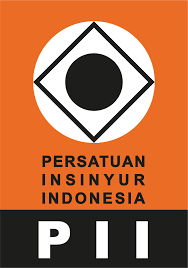Arduino-Based Ship Steering Simulation by Comparing Incremental Rotary Encoder Sensor with Infrared Sensor
DOI:
https://doi.org/10.52005/ijeat.v6i2.90Keywords:
Arduino, Infrared, Rotary EncvoderAbstract
In vocational institution, practicum activities can be done by using a bridge simulator, such as in the nautical study program, which has a steering component in the simulator. In our engineering study program, we tried to design a ship steering simulation by comparing an incremental rotary encoder sensor with an infrared sensor to determine the direction and degree of rotation. The steering gear is a very important tool of a ship because it determines the safety of the ship. Therefore, the rudder must meet the requirements set by SOLAS 74 rule 29 Chapter II regarding steering gear. When the ship is traveling at maximum economic speed, the main steering gear must be able to steer 35 degrees to the left/right within 28 seconds. In connection with this, we wanted to design, build, and manufacture a tool that can simulate ship steering. This simulation tool that we have designed generally has several capabilities such as being able to steer the ship from 35 degrees port to 35 degrees starboard, or vice versa, during maximum engine speed and load in a maximum period of 28 seconds. [1] Arduino is used to process data from incremental rotary encoder sensors and infrared sensors which will be sent via serial USB to the computer. Rotary encoders and infrared are used to determine how many degrees the ship will turn right or left, both are compared in terms of time and accuracy. To display a ship's steering simulation, a visual basic application is used to display a ship's movement simulation, ship's steering and ship's rudder.
Downloads
Published
How to Cite
Issue
Section
License
Copyright (c) 2023 Arif Rakhman Suharso, Ario Hendartono, Deri Herdawan, Marina Artiyasa, Purwanto, Dudih Gustian

This work is licensed under a Creative Commons Attribution 4.0 International License.







